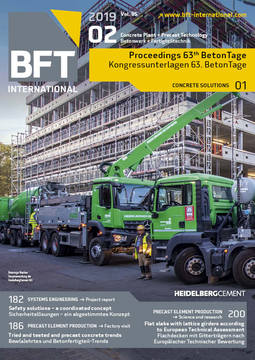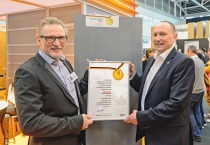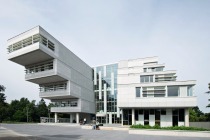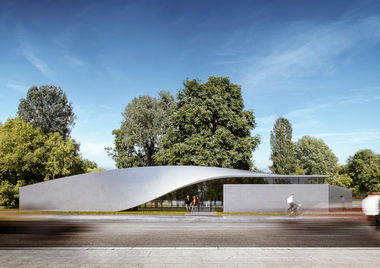Carbon-reinforced concrete - Ecological. Easy to use.
Carbon-reinforced concrete is a composite in which high-performance concrete is combined with carbon fibers. This material enables innovative, environmentally friendly and easy-to-apply construction methods that provide a wide variety of design options. New buildings and structures have been constructed with carbon-reinforced concrete for many years. Likewise, it has become common practice to upgrade existing structures by adding a carbon-reinforced concrete layer.
Nowadays, slender elements that are only one centimeter thick in some cases make it possible to reduce the concrete volume required for structural purposes by over 50%, which results not only in a lower own weight of structural components but also leads to resource savings and significantly reduced CO2 emissions. In the meantime, methods have been developed for producing carbon fibers from renewable raw materials such as lignin, a by-product of the paper industry. Furthermore, laboratory tests have shown that carbon can also be isolated from airborne CO2.
In the field of recycling, the concrete-carbon bond was successfully broken so that the materials could be separated achieving a purity of about 97 % and fed into the concrete and carbon recycling processes. Carbon residues are already being converted to short fibers and geotextiles on an industrial scale, whereas derivation of long fibers is currently being investigated in comprehensive research projects and will be put into practice in the coming years.
Ease of application is yet another increasingly important aspect besides low environmental impact and recyclability. The number of approvals and suppliers is growing continuously, with an increasingly wide range of available reinforcement options and embedded parts such as anchors and spacers. Health and safety studies found that the amount of airborne fine particulate matter generated during processing and finishing of carbon-reinforced concrete did not exceed the level documented for steel-reinforced concrete.
This paper will present recent advances in the field of carbon-reinforced concrete.






